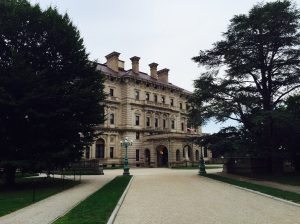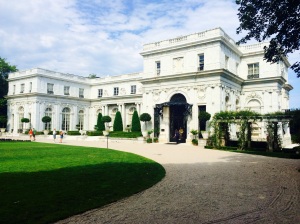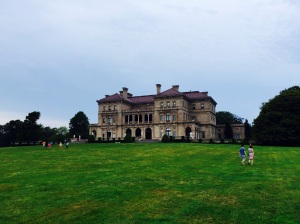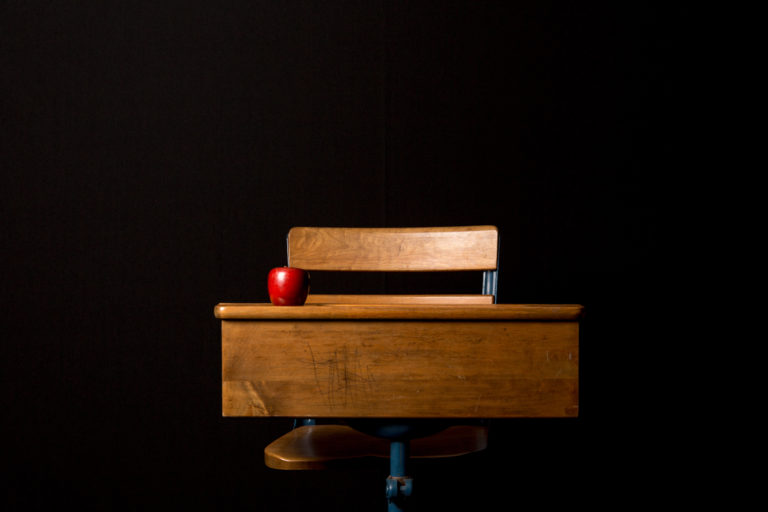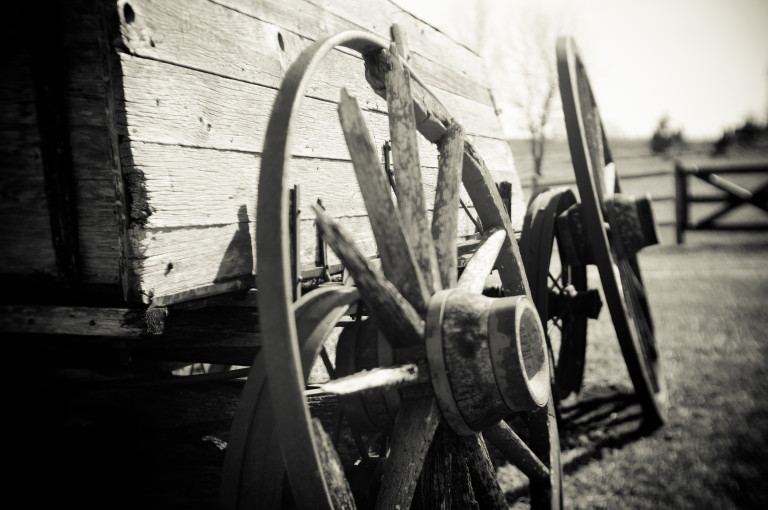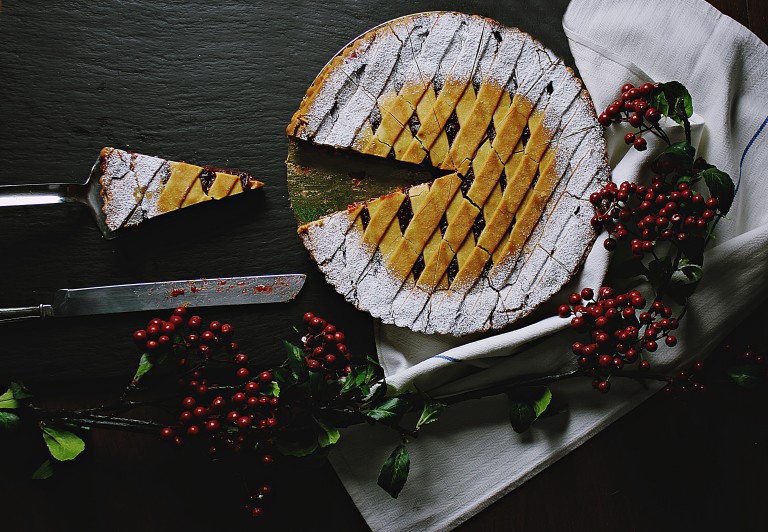Historical Inspiration: Part I
(Vanderbilt Mansion: The Breakers, 1895)
This past weekend, my husband and I decided to take a little drive up the coast to Newport, Rhode Island to take a look at some Victorian mansions that we heard about. So, we purchased our passes to see two mansions and when we arrived to Bellevue Avenue, we were floored by what we found: mansion after beautiful Victorian mansion. As a Victorian era writer, you might say I was enjoying myself.
(Rosecliff, 1902)
Before the first tour at Rosecliff even began, my husband and I knew that we had to come back to spend more time at these gorgeous homes, so we upgraded our tickets to a membership with the plan to come back for a full weekend and see every home on the map as the historical inspiration to be gained from these mansions is limitless.
(Side-note: I really enjoyed the fact that the last owners of Rosecliff were from my favorite city, New Orleans. Rosecliff was modeled after Versailles, so you can imagine that the Parisian influence made the New Orleans couple feel right at home.)
Ways to infuse your story with historical inspiration:
Use the exterior and interior of the mansion as your mold. You can either place your story inside that very mansion or you can just basically make a replica with a few modifications for your story. Look at the exterior. How do you feel as you walk up the driveway? Imagine yourself arriving at The Breakers in a horse drawn carriage or in one of the first horseless carriages.
Take notes on the entryway and as you walk into the mansion itself, observe the way the stairs curve, the details in the molding, the luxury of the décor and listen to the echo of your footsteps on the marble floors.
Take notes on the layout of the rooms. Sketch out the pathway you are taking and then send your characters down those same hallways, music room, ballroom and dining room. Use your experience to make your story come alive.
Take the tour and take notes. On the tour, I found out about the day-to-day lives of the women who ran the mansions and the men who built them. Listen for stories. How did the owners meet? Was it at a party held in a mansion like this just down Bellevue Avenue? How did they make their money? Sure, you could probably find out what you need to know online, but going on a tour will give you a visual that online research can’t capture along with a few extra stories that aren’t widely circulated.
Study the portraits. Check out the original owners of the mansions. Study their face, the way they hold themselves and their clothing. Jot down their names and look them up again later online to get a more in depth background on them and use them as a model for your characters’ lifestyle, manner or dress. If you character is a servant in the mansion, still take notes on the owners because if your character is a maid, she will need to know how to arrange the lady’s hair or select her evening wear.
(The Breaker’s “backyard”)
Check out the “backyard.” See how your characters would spend the evenings in the garden or lawn. What trees are surrounding the home? What flowers did they like? How is the garden laid out? What would their view look like? Sadly, I forgot to take a picture of the other view, but if I turned around, I’d be facing the ocean. I’ll have to take that picture when I return next weekend.
There is so much more I could write on the subject, so be on the lookout for Historical Inspiration: Part II! For now, happy writing!

